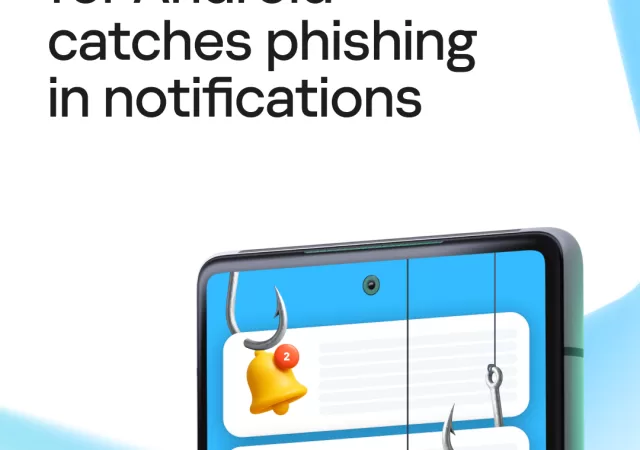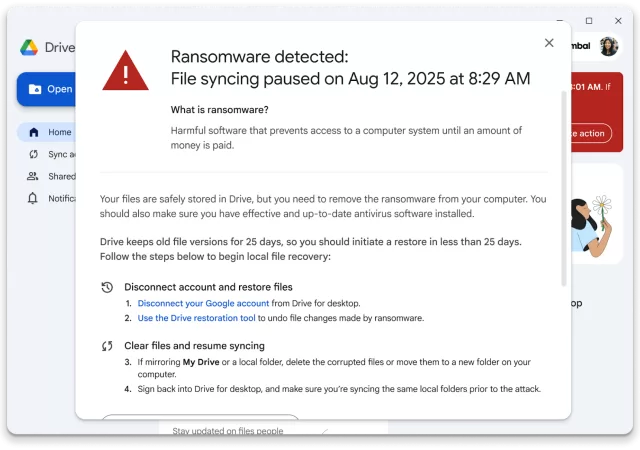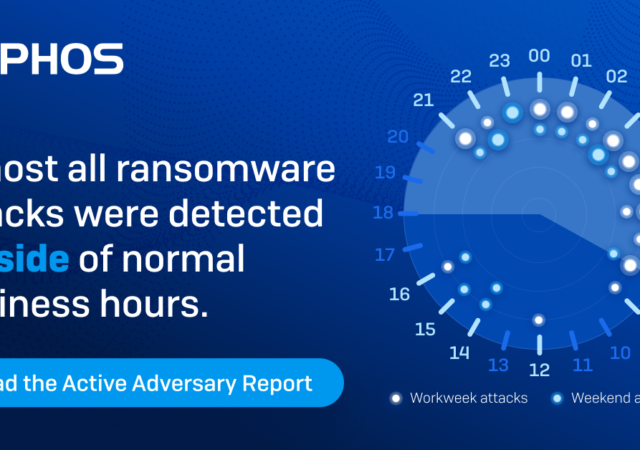Kaspersky introduces Notification Protection to tackle phishing attacks through messages and keep Android users safe online.
Google Introduces AI Protection Measures in Google Drive
Google brings AI to Google Drive to assist in detecting and protecting against ransomware.
Sophos Report Reveals Dwell Time Shrinks to Just 8 Days in 2023
Cybersecurity company Sophos has recently released its Active Adversary Report for Tech Leaders 2023. The report highlights a few important findings about cyberattacks in the first half of 2023 as follows: 1) Decrease on Dwell Time Dwell time is basically…
Ransomware Is at Version 3.0 – Kaspersky Has a Solution in Their XDR Platform
Ransomware was a menace in 2020 through 2022. It is becoming more of a problem in 2023 if you do not act now. Kaspersky has a solution.






